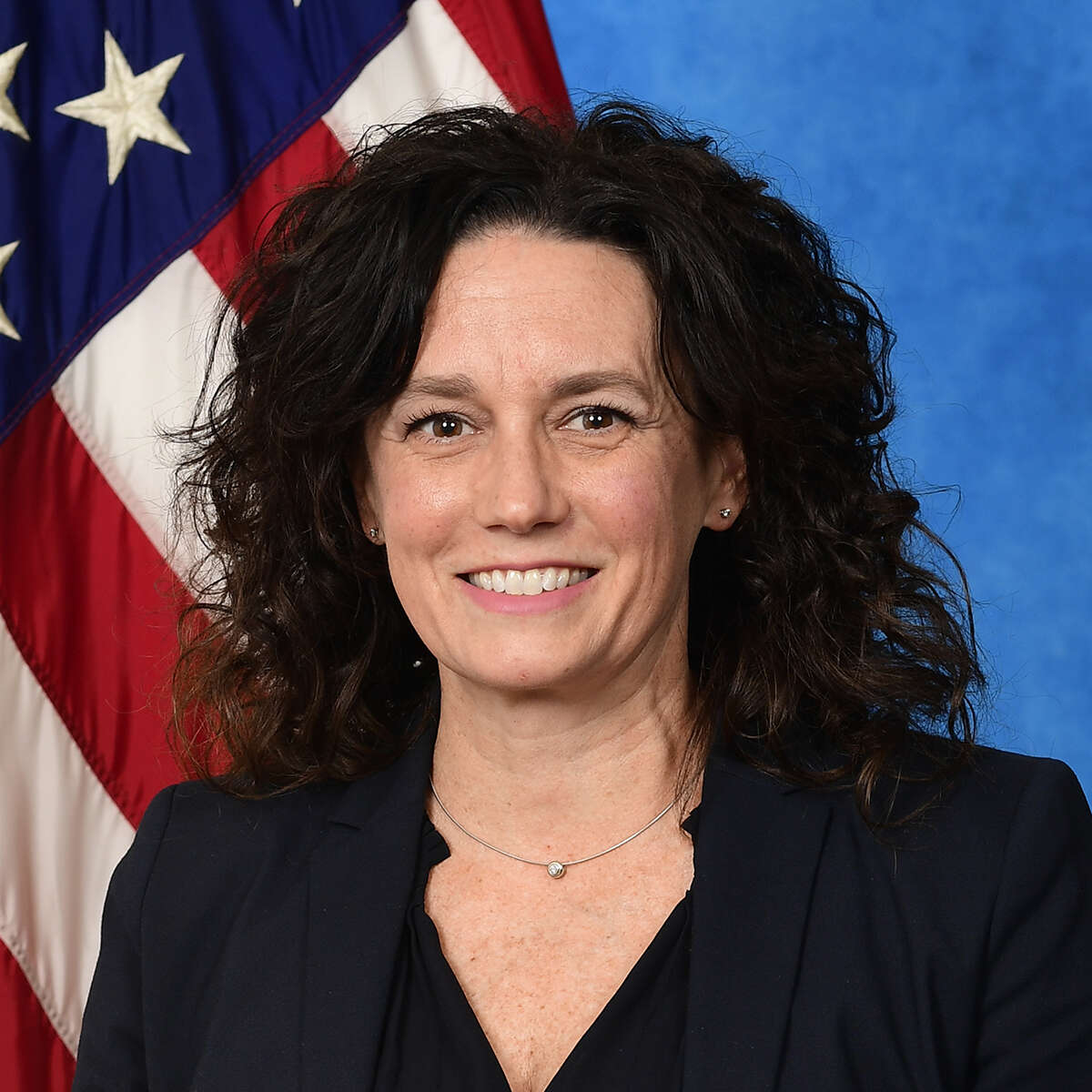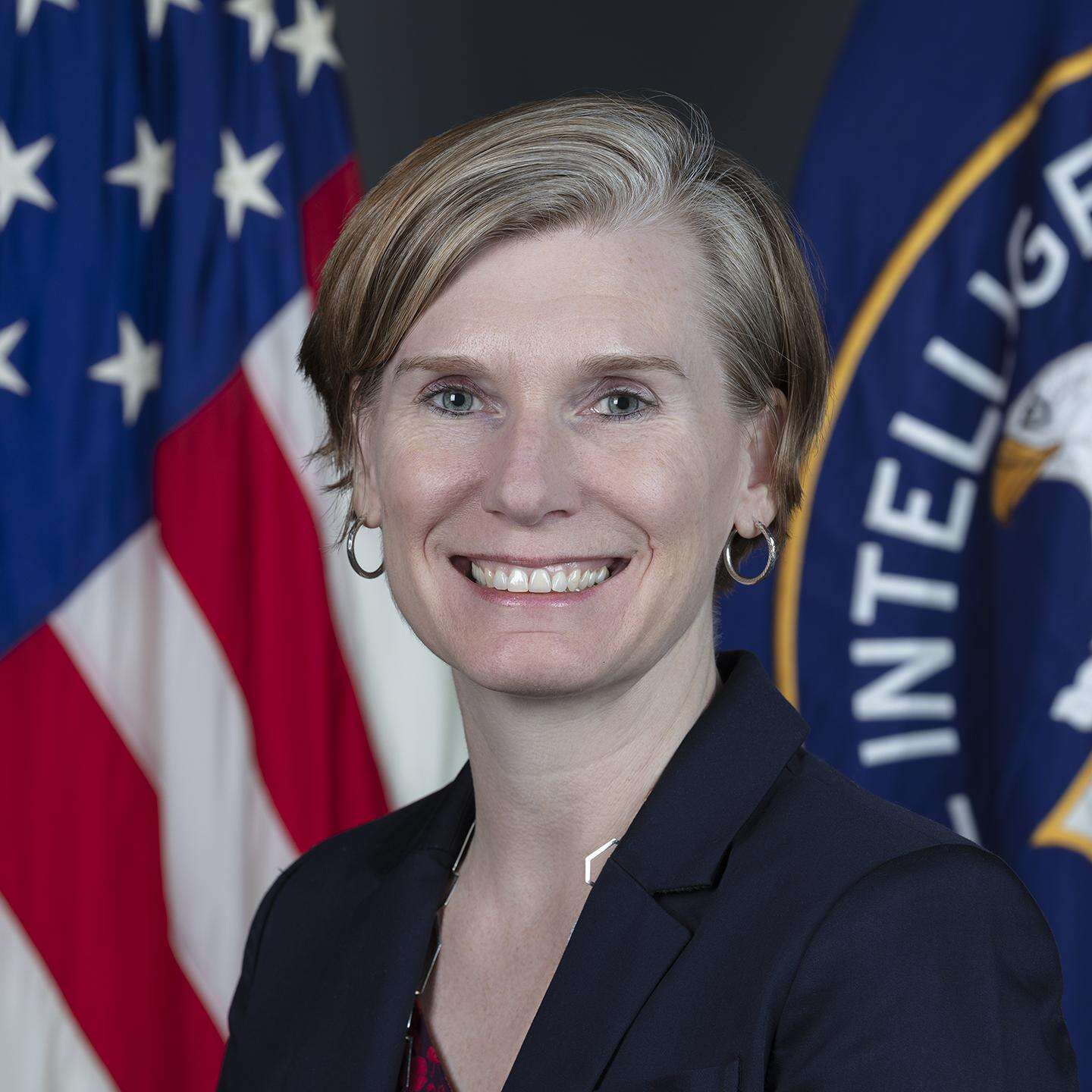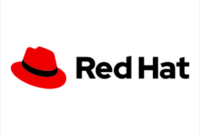Hubbard Radio Washington DC, LLC. All rights reserved. This website is not intended for users located within the European Economic Area.
On Air: Federal News Network

Navigating workforce complexity for the intelligence community
December 5, 2023
In this webinar, we will delve into the complex challenges inherent in the intelligence mission and the evolving landscape of a digitally savvy world.
Join us for an enlightening panel discussion with moderator, Justin Doubleday and agency and industry leaders who will explore the strategies and tools aimed at empowering the modern digital-native workforce in the intelligence community.
During this exclusive webinar, our expert panel will shed light on the potential solutions to overcome these challenges and foster a workforce equipped for success.
Learning objectives:
- Approach to building the digital workforce
- Reskilling and upskilling to meet new demands
- Training techniques across the IC
By providing your contact information to us, you agree: (i) to receive promotional and/or news alerts via email from Federal News Network and our third party partners, (ii) that we may share your information with our third party partners who provide products and services that may be of interest to you and (iii) that you are not located within the European Economic Area.
Please register using the form on this page.
Have questions or need help? Visit our Q&A page for answers to common questions or to reach a member of our team.
Speakers

Christine Parker
Senior Strategist in Talent Management
National Security Agency

Cindy Susko
Chief, Talent Acquisition Office
Central Intelligence Agency

Justin Doubleday
Reporter
Federal News Network
By providing your contact information to us, you agree: (i) to receive promotional and/or news alerts via email from Federal News Network and our third party partners, (ii) that we may share your information with our third party partners who provide products and services that may be of interest to you and (iii) that you are not located within the European Economic Area.


